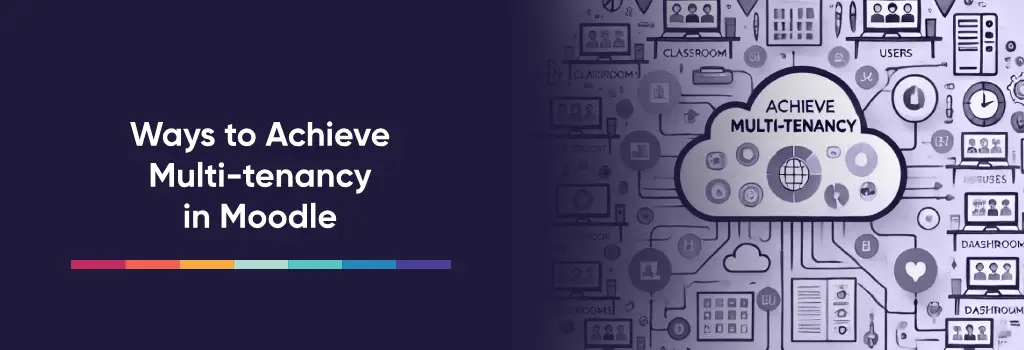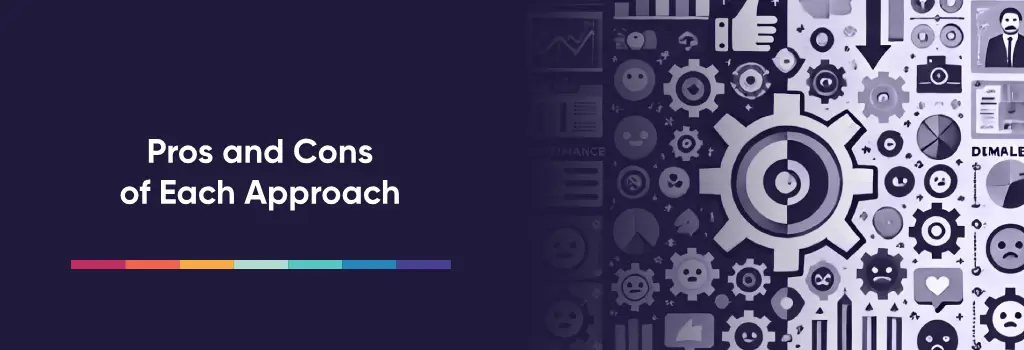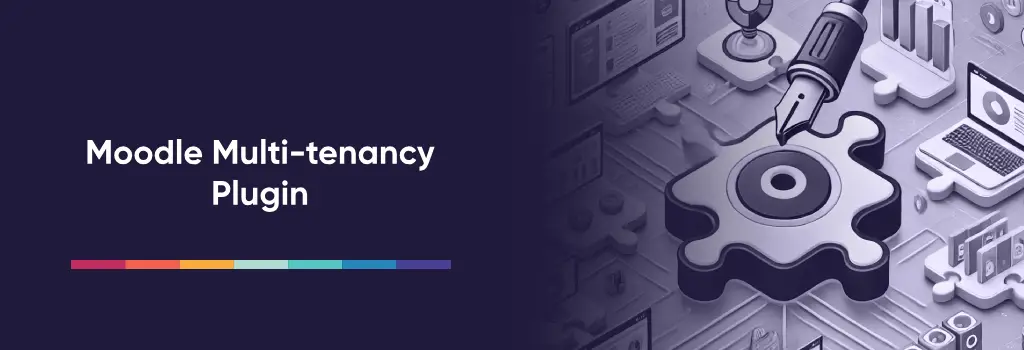Moodle’s open-source architecture enables a range of approaches for supporting multi-tenancy. Organizations can tailor their learning management system to serve multiple user groups with individualized branding and administrative settings—all within a single installation. In this article, we explore the various ways to achieve multi-tenancy in Moodle, examine the available themes and plugins that support these configurations, and discuss the pros and cons of each approach. We also highlight related articles from our Moodle multi-tenancy collection for additional insights.
I am Director of Rahab Ministry (a program of Youth Unlimited). We are impressed with Mindfield’s IT specialists in helping us redesign a website (Rahab.yugta.ca) and their ongoing support. They were responsive and helped us think ahead instead of waiting for us to tell them what needed to be done. We will continue to look forward to their support.
Joanna Yee
Director, Rahab Ministry.
review Source: Google Reviews
Outline
Ways to Achieve Multi-Tenancy in Moodle

There are several pathways to implement multi-tenancy in Moodle. Each method leverages different aspects of the platform’s flexibility and can be selected based on the scale of the organization, technical expertise, and budget constraints.
Moodle Configuration Using Themes, Roles, and Cohorts
-
Theme Customization: Using standard Moodle themes alongside customization modules can create different “faces” for each tenant. This approach involves configuring themes and settings on a per-tenant basis and leveraging existing plugins to segment users.
-
Role and Cohort-Based Setup: By carefully configuring roles and cohorts, administrators can simulate multi-tenancy in a traditional Moodle instance. While this method offers flexibility, it usually requires ongoing maintenance to ensure data isolation and consistent user experiences.
Multi-Tenancy Plugins and Custom Development
- Multi-Tenancy Plugin: Specific plugins enhance standard Moodle installations by enabling functionalities for tenant segregation. These plugins manage tenant themes, user cohorts, and role assignments, effectively creating a multi-tenant environment.
- Category Enrolments (configuration-level): Typically handled through Moodle’s built-in functionality rather than an external plugin, allowing course access segmentation based on category or cohort.
- Custom Plugin Development: Organizations with unique requirements may benefit from developing custom plugins to handle multi-tenancy, allowing complete control over tenant-specific configurations, though requiring extensive technical expertise.
External Multi-Tenancy Options
-
Moodle Workplace: A subscription-based version of Moodle designed for corporate and educational organizations, Moodle Workplace comes with advanced multi-tenancy features. It supports distinct tenant spaces with separate branding, user management, and reporting tools.
-
IOMAD: An open-source extension based on Moodle, IOMAD has built-in multi-tenancy capabilities that allow for tenant separation through customized roles and administration settings.
Pros and Cons of Each Approach

Choosing the right multi-tenancy approach in Moodle depends on your organization’s needs. Below is a breakdown of the advantages and disadvantages of each major method:
| Approach | Pros | Cons | Recommended For |
|---|---|---|---|
| Moodle Workplace | Integrated multi-tenancy, technical support, robust tools | Subscription cost, limited custom flexibility | Mid to large businesses or schools needing stable support and turnkey multi-tenancy |
| IOMAD | Free, strong tenant separation, admin-level customization | Requires technical knowledge, delayed Moodle updates | Non-profits, training organizations, or universities with internal IT teams |
| Standard Moodle + Plugins | Highly flexible, cost-effective, leverages existing Moodle | Complex configuration, risk of misconfiguration | Institutions with internal Moodle admins seeking custom workflows |
| Custom Plugin Development | Tailored to exact needs, complete control | High development cost, ongoing maintenance | Organizations with proprietary use cases and strong budgets |
Further Insights on Moodle Multi-tenancy

For further insights and a deeper dive into Moodle multi-tenancy, explore our collection of related articles:
- Moodle Multi-Tenancy
Explores how to activate Moodle multi-tenancy to manage multiple user groups with custom branding and administration.
-
Migrating Moodle from Single to Multi-tenancy
Explores Moodle multi-tenancy migration with Boost Union, Iomad, Workplace, or multiple instances for scalability and customization. -
How to Enable Multi-tenancy in Moodle
Seamlessly creates a multi-tenancy experience on Moodle Multi-tenancy LMS for a personalized educational environment.
Delivering Scalable Operation and Enrollment via Multi Tenancy

Hiring Moodle expert developers provides significant advantages for organizations seeking effective multi-tenancy solutions. Moodle specialists bring deep technical knowledge, ensuring correct configuration and robust data isolation between tenants, minimizing security and compliance risks. Expert developers can also customize Moodle to meet precise organizational requirements, integrating tailored plugins and themes that enhance functionality and user experience.
Additionally, expert developers offer strategic guidance, anticipating potential scalability and performance challenges, thus reducing long-term maintenance efforts and associated costs. Engaging seasoned Moodle professionals ultimately ensures smooth deployment, reliable ongoing support, and proactive management of emerging issues, leading to a more effective and sustainable learning environment.
Frequently Asked Questions (FAQs)

